Vietnam. The word, indeed the nation, has come to represent much of what a new generation of travellers seeks in a destination: exciting, vibrant and affordable. For many, however, especially those who grew up in the aftermath of the sixties zeitgeist, the word is synonymous with the Vietnam War.
This is not a post about the Vietnam War. I have no desire to delve into the rights and wrongs of the conflict, nor the legitimacy, or otherwise, of the justifications presented by various parties involved. Such differences have already been stated by countless others over years past. Instead, this post is intended to convey the observations I made on this, and related issues, during my time in the country.
The War Remnants Museum, one of Ho Chi Minh City’s (“HCMC”) most popular attractions, says much about the changing relationship between the US and Vietnam. This is immediately evident in the numerous name changes that the museum has experienced over the years. When the museum opened in 1975, it was known as the “Exhibition House for US and Puppet Crimes”. In 1990, the name changed to the “Exhibition House for Crimes of War and Aggression”. Upon normalisation of US-Vietnam relations in 1995, the museum’s current name was adopted.
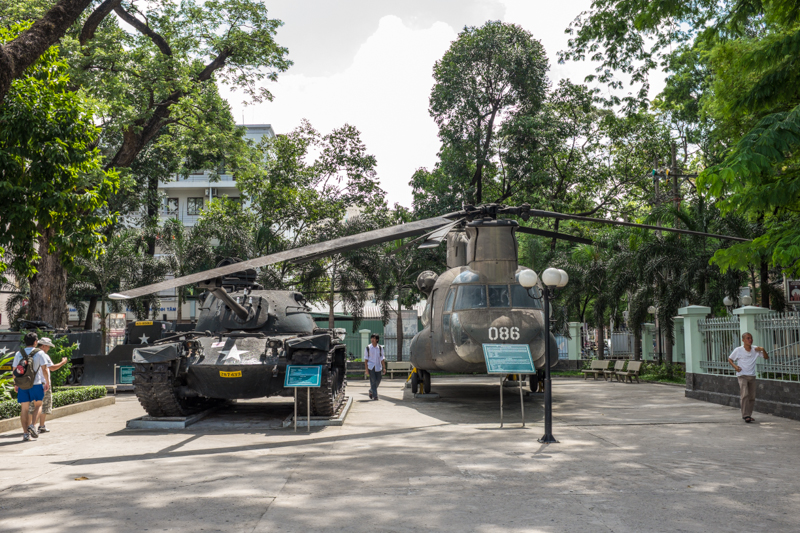
The effect of the normalisation of relations between the two countries is apparent throughout much of Vietnam’s big cities. Recognisable American brands are widely available, and there is no shortage of young people wearing American clothing and eating American fast food. I was surprised at the extent to which American fast food chains had permeated the Vietnamese market. What really surprised me was that McDonald’s currently has no presence in the country, however there are strong indications of a 2013/14 entry into the Vietnam for the Golden Arches. Edit, the first McDonald’s in Vietnam did indeed open in February 2014.
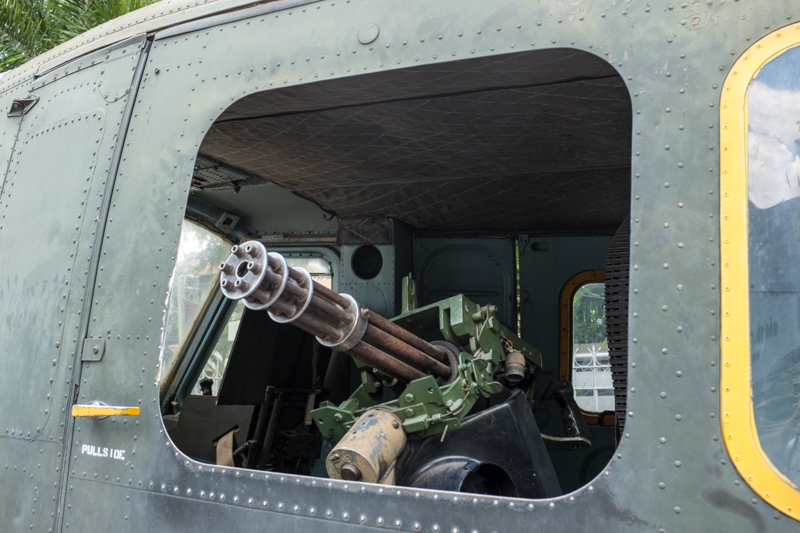
Since the normalisation of relations between the US and Vietnam, it appears the governments of both nations have let bygones be bygones. To a large extent this is the case, however the entire truth is somewhat more complicated.
When it comes to bias, the War Remnants Museum is unlike any museum I have seen. Most museums I have visited around the world have done well to deal with sensitive issues while presenting facts and not taking sides. Any bias that I’ve noticed has generally been minor. At the War Remnants Museum however, it’s a no holds barred barrage of propaganda, overwrought with emotive language and typical propaganda buzzwords
The United States Government was evil, the atrocities committed against innocent civilians and Viet Cong soldiers by the Americans were heinous and knew no bounds, the entire world (including the American people) were against the war.
The museum would have visitors believe without consideration, that the United States Government was evil; that American atrocities against civilians and Viet Cong soldiers were heinous and knew no bounds; and that the entire world, including the American people, were against the war. Conversely, the Viet Cong are supposed to have been kind to the soldiers they captured; they never wilfully harmed innocents; and all that the beloved leader Ho Chi Minh (or “Uncle Ho” as he is warmly referred to by the Government) wanted was peace.
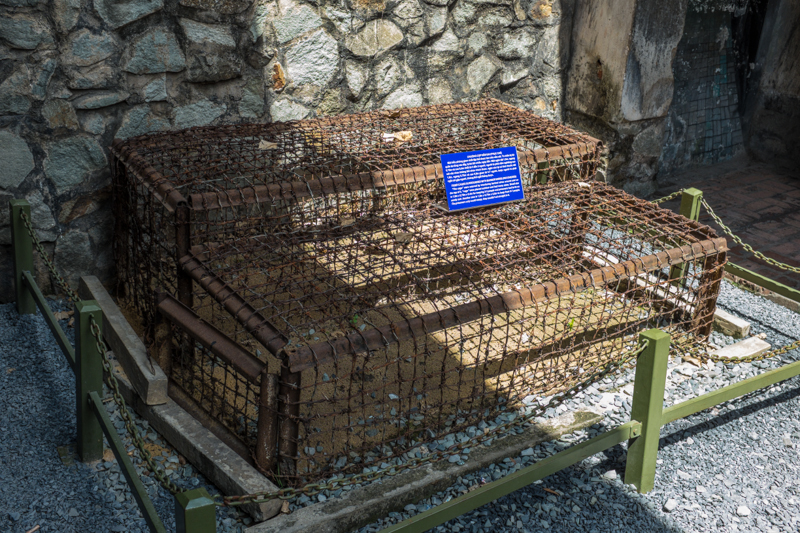
This bias is to be expected in many ways. After all, the “Socialist Republic of Vietnam” remains a communist nation, ruled by the party that was founded by Ho Chi Minh. What governments like this don’t seem to understand is that excessive propaganda and bias weakens their argument. Put the whole truth out there, talk about what both sides did, and let the facts speak for themselves: there were instances where US soldiers committed heinous atrocities against civilians; the war was largely unpopular in the US and throughout much of the world; and the use of Agent Orange was a terrible thing, the effects of which are still being felt by children born today.
There is a very graphic, but I think important, display on Agent Orange, napalm and phosphorous and its short and long-term effects on people. It includes photos of the severe deformities caused, accounts from those who suffered terribly as a direct result of exposure, and words from those who suffer to this very day, born well after the war. The display also includes three jars of preserved deformed foetuses (there is conflicting information available as to whether or not the foetuses in these jars were deformed by Agent Orange).
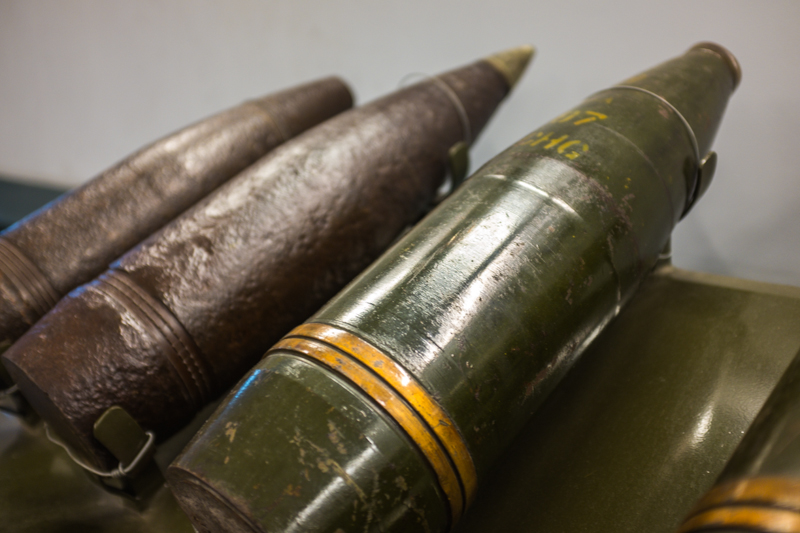
The Internet in Vietnam is censored. Reporters Without Borders consider Vietnam to be an “Internet enemy” and Amnesty International has reported many instances of Internet users being arrested for their online activities. In fact, Vietnam is second only to China when it comes to the number of netizens imprisoned (121 last year). From what I have been able to gather, Internet censorship in Vietnam relates more to things like the creation and dissemination of information (for example by bloggers and journalists) that could be considered critical of the Vietnamese Government, and websites that shed light on human rights issues in the country.
Just the other week, prominent blogger Pham Viet Dao, who wrote blogs critical of government officials and policies was arrested in Hanoi; accused of violating Article 258 of the Vietnam’s penal code for “abusing democratic freedoms”. The Committee to Protect Journalists has written a very good piece on the topic of the shrinking of Vietnam’s press freedom that I would highly recommend to anyone interested in the topic.
Despite this censorship, it was easy for me to find the truth, or various versions of it, on the Internet. I left the War Remnants Museum with more questions than answers, and when I returned to my hotel that evening, I was able to clarify a lot of the issues.
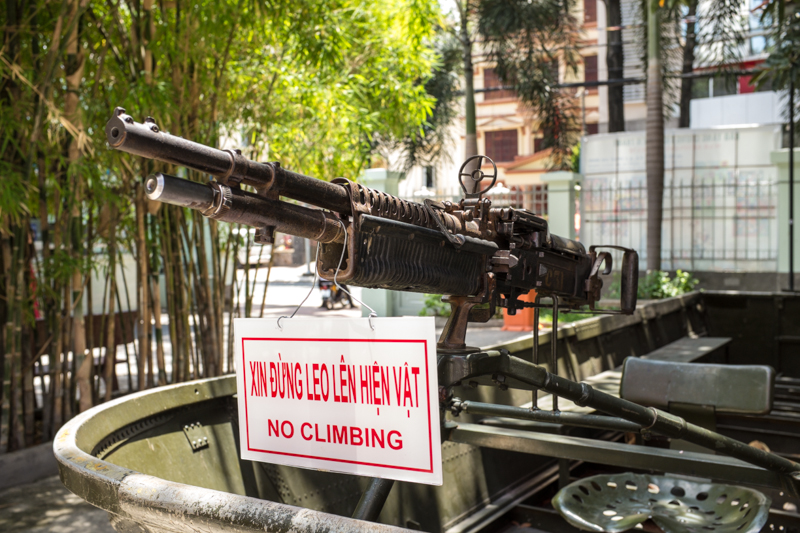
As well as housing numerous pieces of weaponry and captured US military equipment (to clarify, most of this equipment was actually US equipment that had been given to the South Vietnamese army); the museum also contains a fascinating section highlighting some of the brilliant, often horrific and sometimes hauntingly beautiful photos taken by foreign photojournalists during the war.
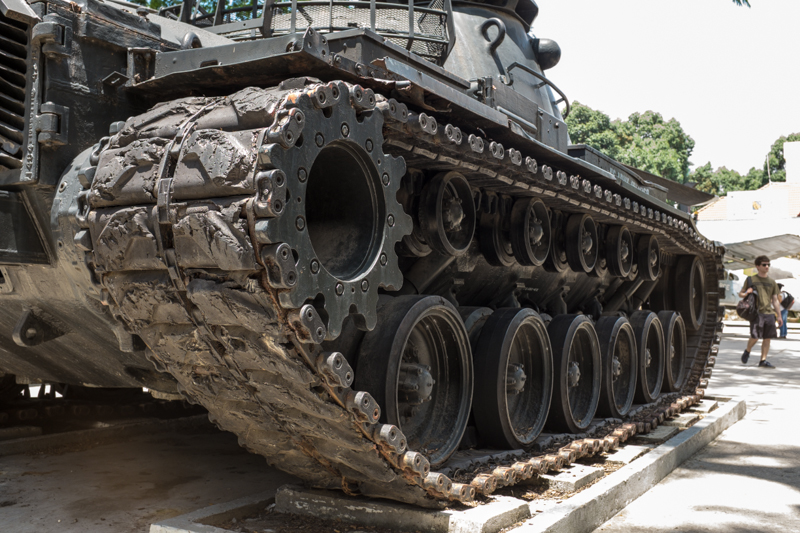
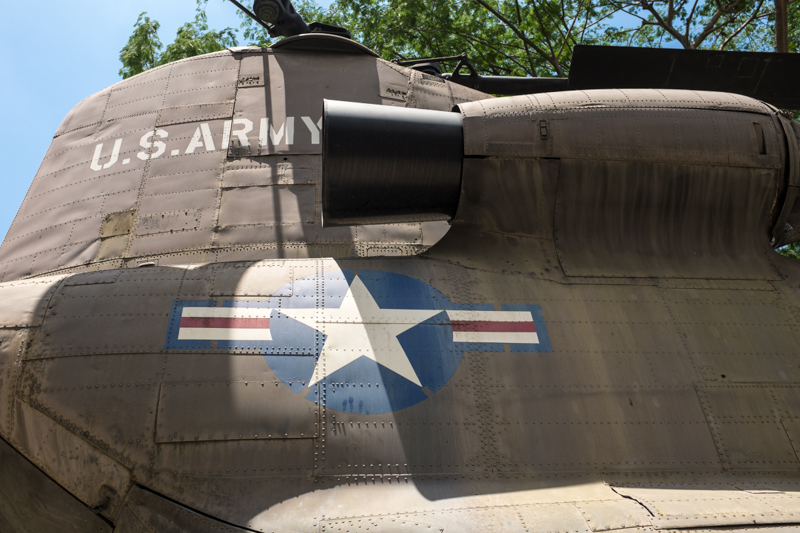
Posters, banners and billboards such as those shown below, are found throughout much of Vietnam. The first celebrates 38-years since the reunification of Vietnam, while the second celebrates what would have been Ho Chi Minh’s 123rd birthday. Unsurprisingly, Ho Chi Minh, children and workers are by far the three most prominent themes.
I have been to former Soviet countries in Europe, where this type of imagery and paraphernalia is found only in museums, or kitsch bars going for a retro-communist theme. It is very surreal to visit a country where it has real life relevance in 2013, when it feels like it belongs to a bygone era.
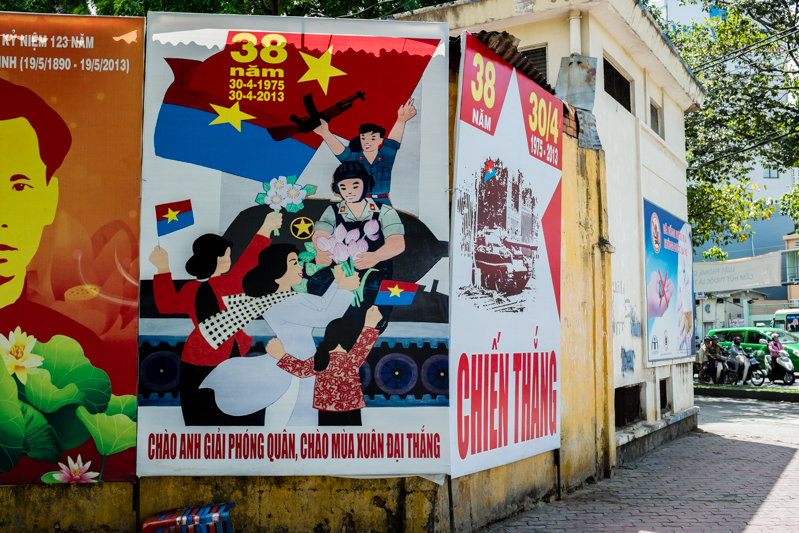
The personality cult the the Vietnamese Government has built up around Ho Chi Minh is extensive. Glorified by the government as an “immortal saint”, Ho Cho Minh’s face adorns the front of Vietnamese banknotes; while statues and busts can be found outside of most government buildings; and schoolchildren learn about what a brilliant person and leader “Uncle Ho” was. Publications critical of Ho Chi Minh and his reign, and those discussing his non-celibacy are banned in order to ensure that the government can exercise full control over Ho Chi Minh’s image and story.
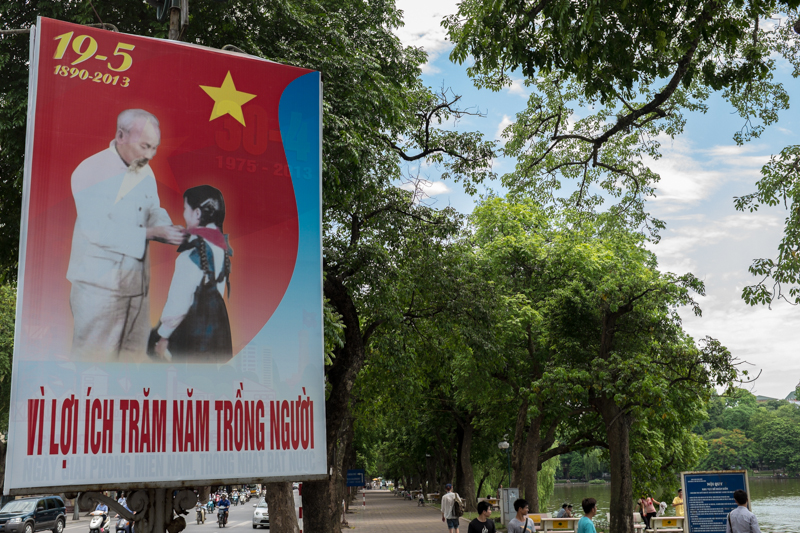
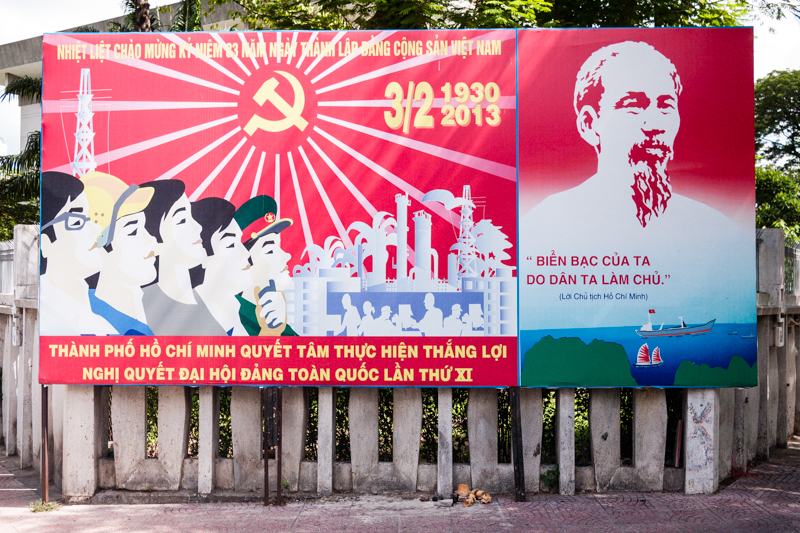
Ho Chi Minh is buried in Hanoi, in a Mausoleum modelled off Lenin’s in Moscow. The line to get in is very long, and photography is forbidden. Inside the huge cavernous space is Ho Chi Minh’s embalmed body, protected by a military honour guard and flanked on one side by a large hammer and sickle flag, and on the other by Vietnam’s national flag. It is very surreal.
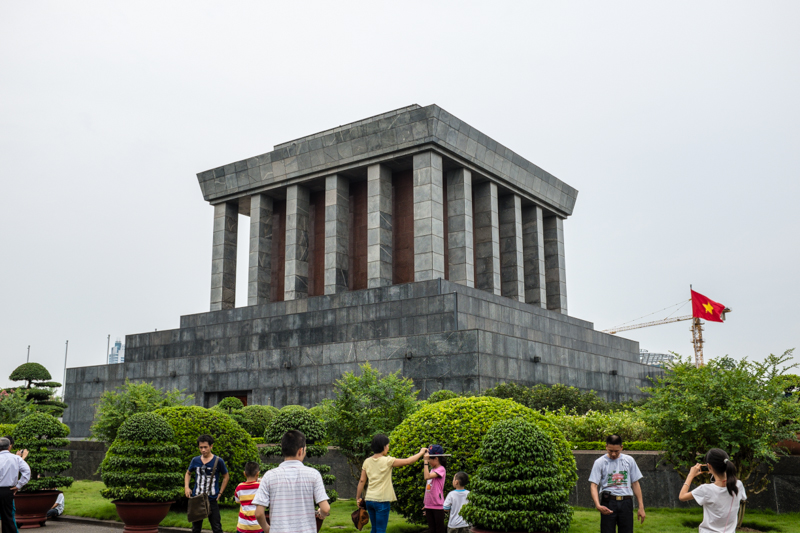
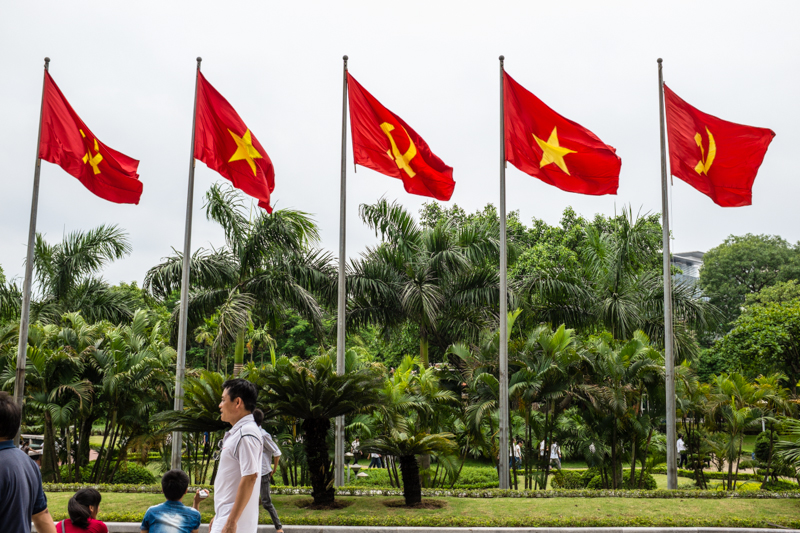
One of the questions I kept asking myself while in Vietnam was “do regular citizens buy into all of this?” About halfway through the trip, I decided they didn’t. It must be mentioned that I only really spoke to people from cities, and I suspect, as is the case in most countries, that in the more rural and impoverished areas, the story may somewhat differ.
In the cities, at least, there seems to be an indifference to Ho Chi Minh. Many of those who fought against the Viet Cong during the Vietnam War are still alive and remain staunchly anti-communist. This is evident in the South of the country where many still refer to Ho Chi Minh City by its old name, Saigon. The further North you go, the more visible Ho Chi Minh’s presence and influence becomes.
In any case, there can be little doubt as to Ho Chi Minh’s ability to draw tourists. His omnipresence piques the curiosity of visitors and there is no shortage of those looking to cash in on this curiosity with Ho Chi Minh related trinkets and gifts.
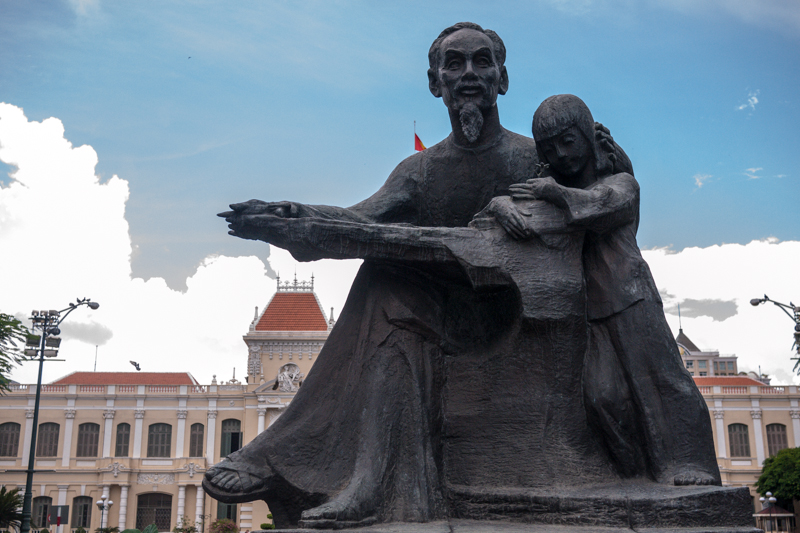
The Vietnam Military History Museum in Hanoi tends to focus on the actions of Vietnamese soldiers during all wars involving the country, including those fought during the French Indochina era, as opposed to the US Vietnam War focused War Remnants Museum. It is just as biased and propaganda filled as the War Remnants museum.
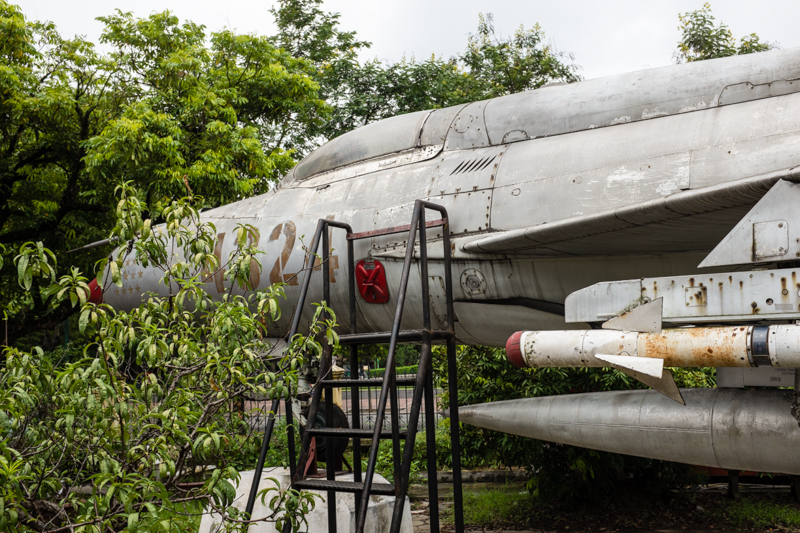
Some of Ho Chi Minh’s personal cars, as well as the Illyushin 14 army transport plane that Ho Chi Minh used to travel overseas on official business from 1957 (pictured below), are on display here.
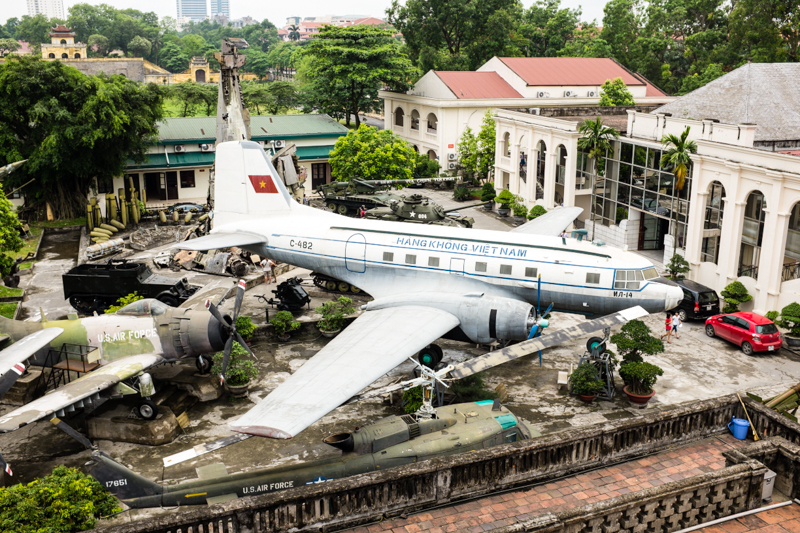
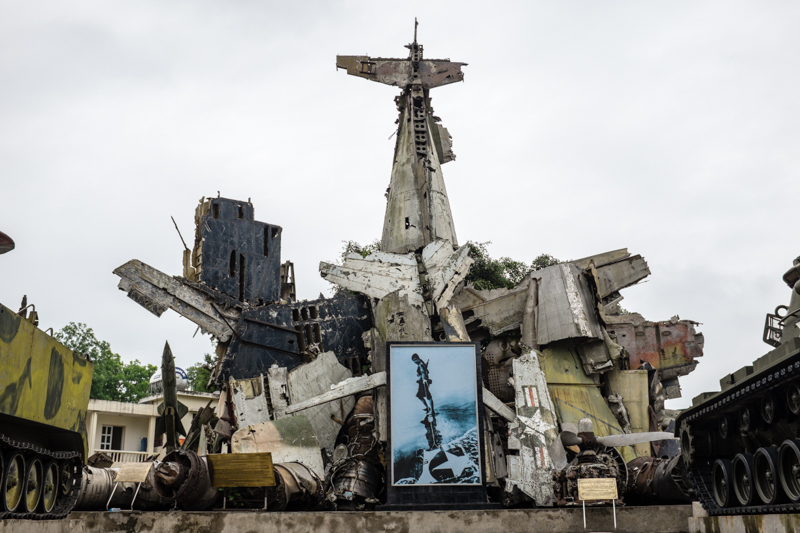
Below is the tank that smashed through the gates of the Presidential Palace (today’s Reunification Palace) on the day that Saigon fell, 30 April 1975.
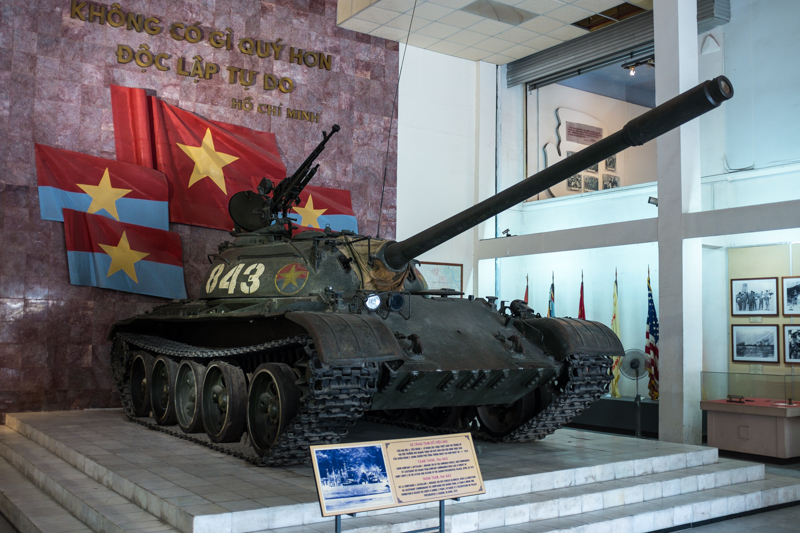
Maison Centrale is another attraction in Hanoi. Originally built by the French to hold political prisoners, Maison Centrale was used by the North Vietnamese government to hold prisoners of war during the Vietnam War. Most of the prison has been demolished, however, the gatehouse remains both as part of the museum and as a reminder of its dark past. It was sarcastically dubbed the “Hanoi Hilton” and was where many POWs were brutally tortured.
The museum is of course full of propaganda showing photographs of smiling US soldiers being treated humanely, joking about, playing cards and many such activities. The museum describes the “Hanoi Hilton” name coming about as a result of the excellent conditions the prisoners were supposed to have experienced. The actual accounts of the atrocities committed here are jarring, but the official Vietnamese Government line is that “the occasional slap” was as bad as it got
I had read about Maison Centrale prior to visiting the museum, so was mindful of the extent to which the propaganda might be more noticeable when compared to the other two war museums I visited. As expected, the propaganda is so over the top and ridiculous, it’s hard to fathom not only how someone might believe it, but also how anyone creating it might think others would believe it
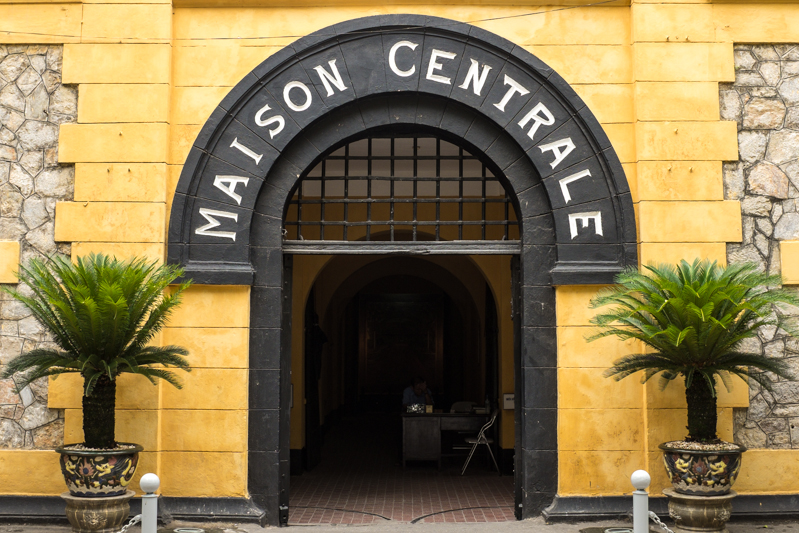
US Senator John McCain spent time at Maison Centrale. This was the gear he had on him when he was captured by North Vietnamese forces.
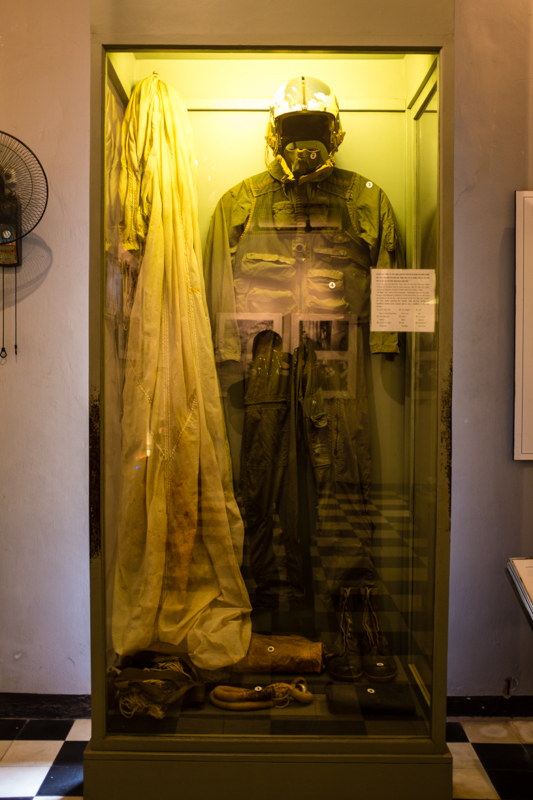
The experiences that I have described reinforced two of my beleifs. First is the belief that war is futile. Vietnam is a fascinating country full of kind, decent people. Having visited the United States, it too is a country full of kind, decent people. Ultimately, it’s saddening to think of how many similarly good-natured individuals were denied the basic right-to-life, both in Vietnam and the world over, as a result of war.
Second is my belief that arguments based on facts and evidence are always more convincing than those based on propaganda and lies.

